Blockchain & DLT in Trade
A Reality Check
Building on the WTO publication “Can Blockchain Revolutionize International Trade?” authored by Emmanuelle Ganne and TFG’s white paper “Blockchain and Trade Finance”, this study provides an overview of the main projects underway in trade, with a focus on trade finance, shipping, and the digitalization of trade documents, and assesses their stages of maturity. Based on a survey of more than 200 actors in the field, it analyses the key challenges that companies involved in blockchain projects are facing and discusses actions that may need to be taken to allow the technology to truly transform international trade. After years of hype around blockchain, the time has come for a reality check.
Copyright © Trade Finance Global 2020. Please reference Trade Finance Global when citing this publication
Authors


Contents
- Periodic Table of DLT Projects
- Description of Projects
- Projects by Product
- Projects by Bank
- Future Looking Perspective
- Conclusion
Copyright © Trade Finance Global 2020. Please reference Trade Finance Global when citing this publication
We’re living through exciting times. While international trade in goods has seen little innovation since the invention of the container in the 50s, the tedious, labour- and paper-intensive processes required to ship around the world could well become a story of the past thanks to the advent of new technologies, particularly distributed ledger technology (DLT) – colloquially termed “blockchain”.
Rarely has a technology spurred so much hype and hope amongst the trade and trade finance community. Not without reason: The possibilities that blockchain unlocks to track transactions and exchange assets in real-time, in a trusted and highly secure environment using peer-to-peer validation and networks makes it an appealing tool to remove many of the inefficiencies that hinder one of the oldest forms of traditional finance today.
Over the past few years a myriad of projects have been launched to enhance processes related to trade finance, to digitalize trade documentation, and to reduce inefficiencies in transportation and logistics. Some take the form of multi-player consortia and networks, others are building a fabric layer to interconnect these different projects, and others are built to digitize particular aspects of the trade and supply chain.
These international trade actors are changing fast, but how many of these initiatives have moved beyond a proof-of-concept? What are the challenges that these new actors now face as we go past the trough of disillusionment and exploratory phase of DLT in trade?

Industry Association Partners

Assistant Editor and Lead Researcher
Carter Hoffman, Trade Finance Global
Questionnaire Design
Cécile André Leruste, Accenture
Special Thanks To
- David Bischof, ICC Banking Commission
- Olivier Paul, ICC Banking Commission
- Alisa Di Caprio, R3
- Jerry Defeo, Trade Finance Global
- Fabiana Fong, World Trade Organization
- Persiana Ignatova, Trade Finance Global
- Hans J. Huber, ICC DSI
Contributors
Pierre Sien, Euler Hermes (Clipeum Participant)
Mohua Banerjee, Finacle Blockchain solutions
Souleïma Baddi, KomGo SA
David Bischof, ICC DSI
Atul Khekade, TradeFinex Tech Ltd.
Ken Marke, B3i
Daniel Wilson, Maersk GTD
Lionel Louie, CargoSmart Limited
Horace Mak, eCOM Asia
Jacco de Jong, Bolero International
Gunnar Collin, EnigioTime
Whitman Knapp, GTBInsights LLC
Hans J. Huber, ICC DSI
Adi Weinstein, Wave
David McLoughlin, we.trade
Shona Tatchell, Halotrade
Dani Cotti, TradeIX
Mariana Gomez, ING
Marta Piekarska-Geater, Hyperledger
Emily Fisher, Hyperledger
Vivek Gupta, ANZ
Alisa Di Caprio, R3
Paul Smith, HSBC
 Australia
Australia Hong Kong
Hong Kong Japan
Japan Singapore
Singapore United Arab Emirates
United Arab Emirates United States
United States France
France Germany
Germany Ireland
Ireland Netherlands
Netherlands United Kingdom
United Kingdom
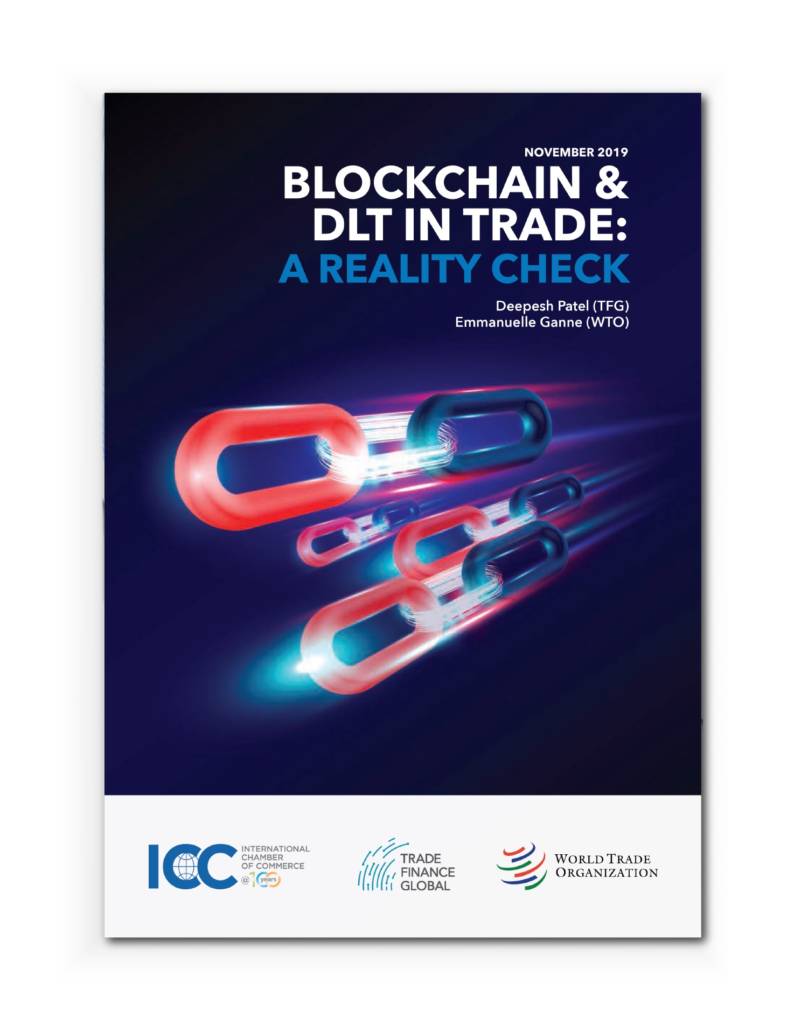
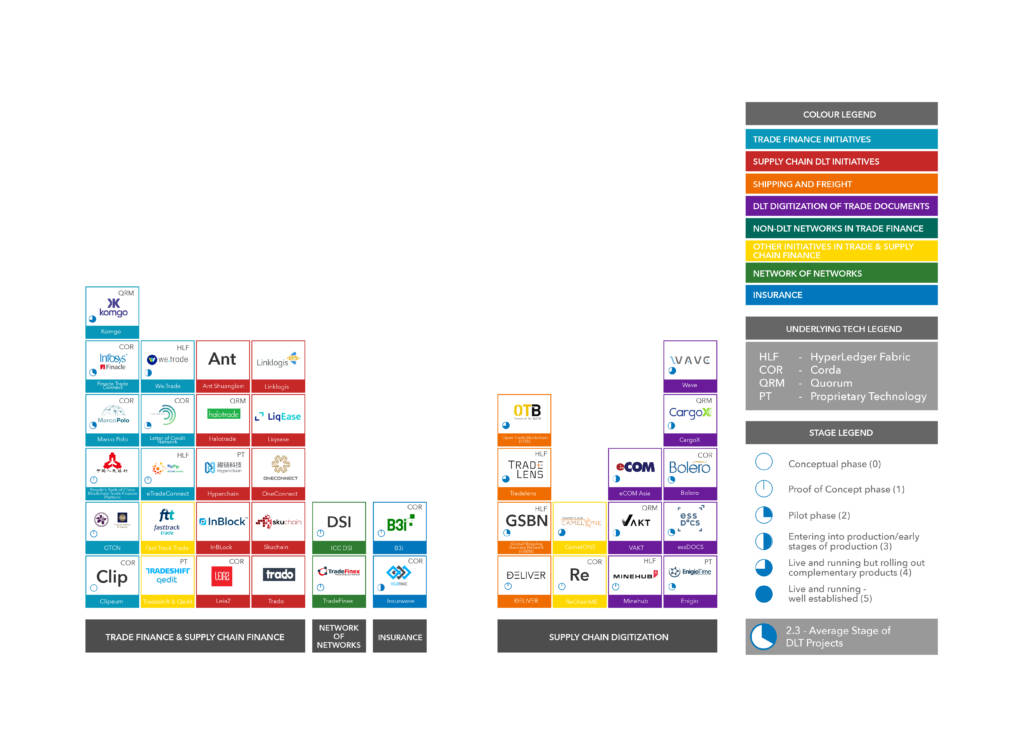


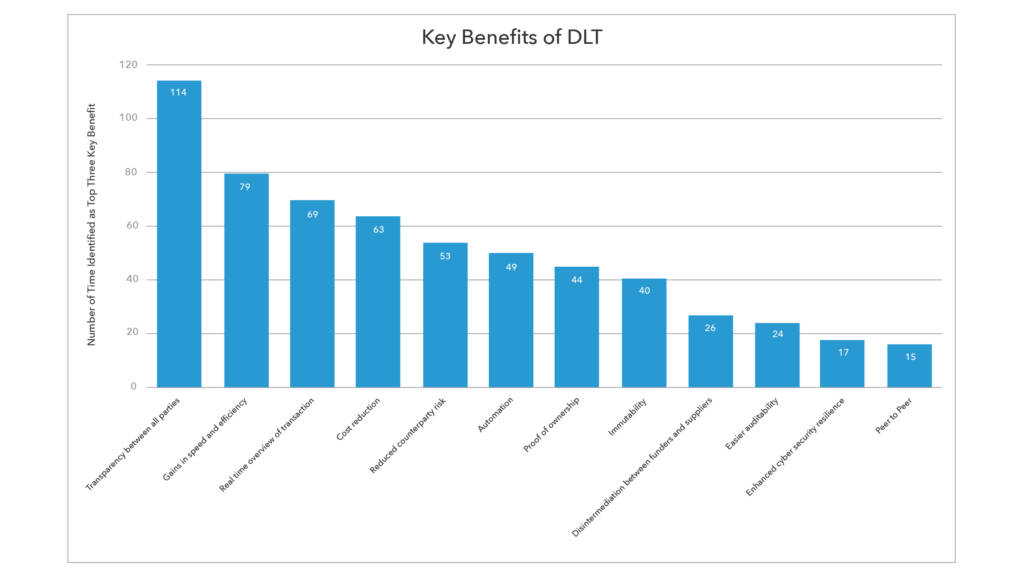


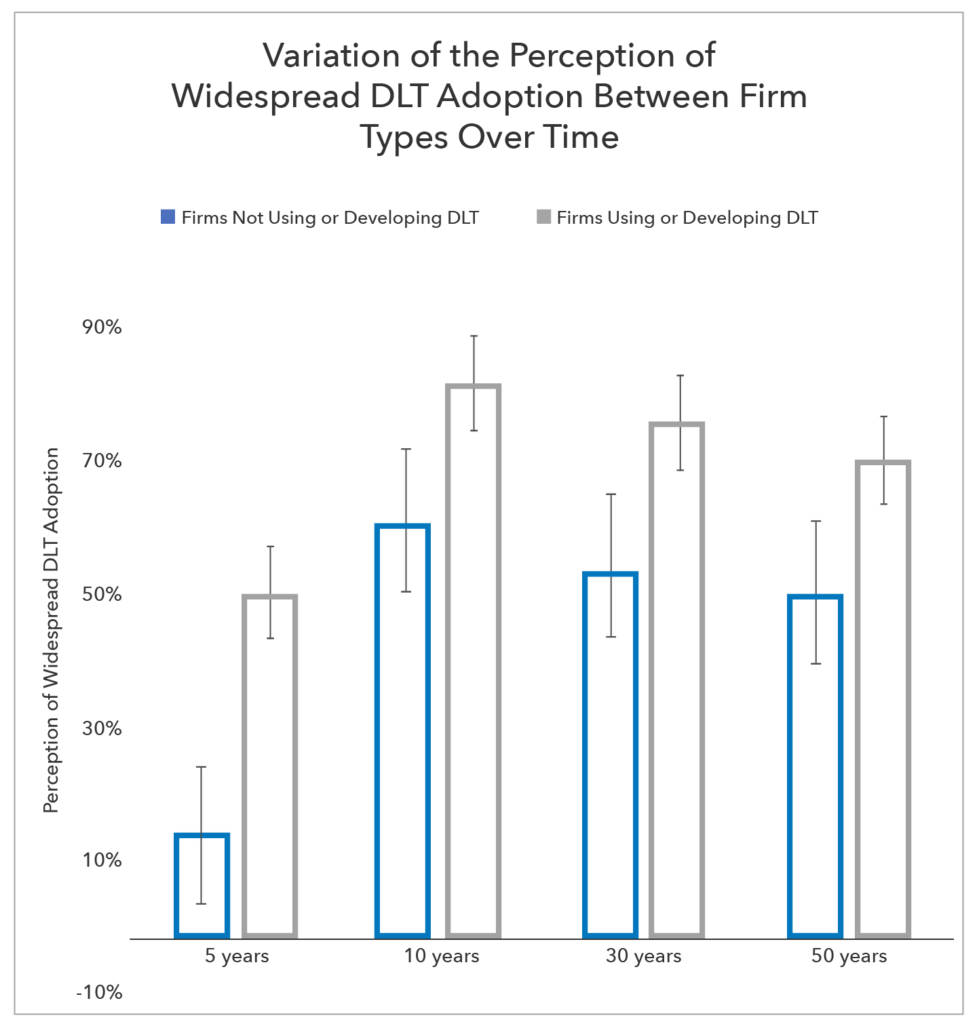

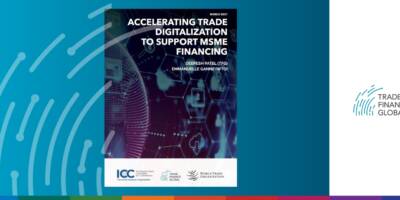
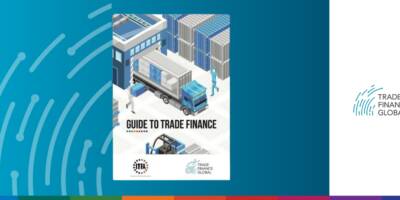
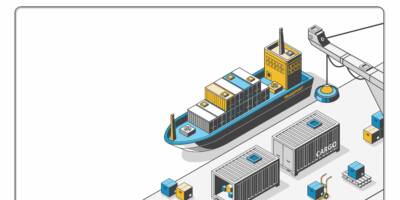
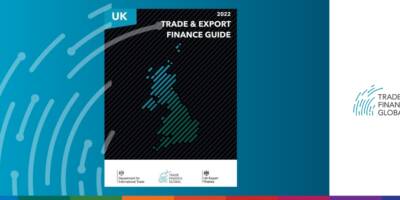
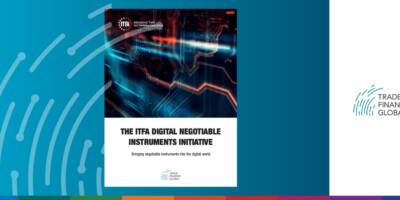
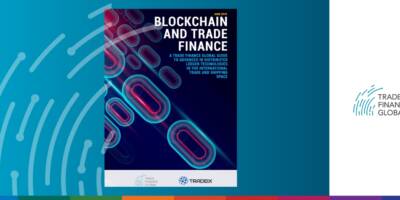
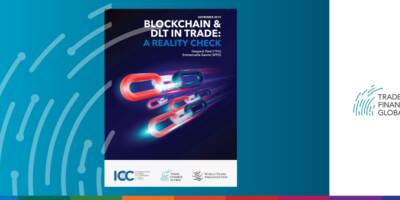
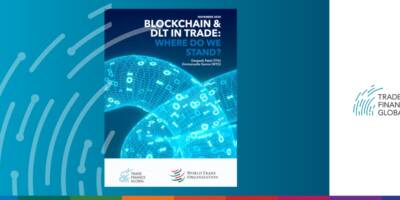


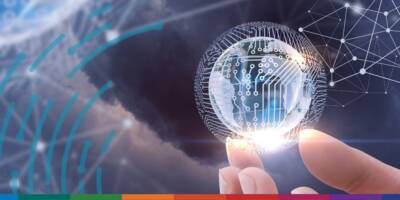

Comments are closed.